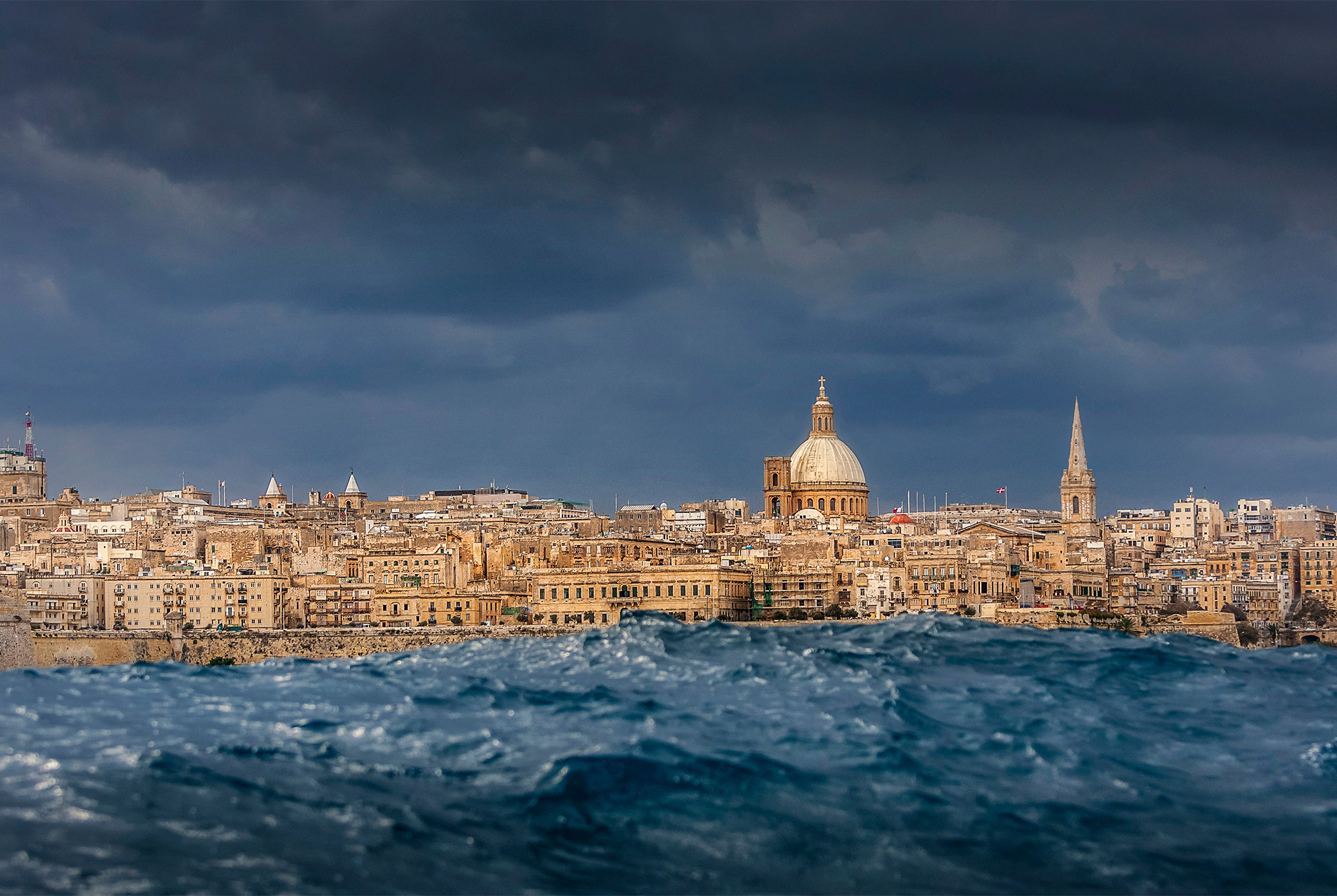
Though just 122 square miles, Malta packs 7,000 years of history into three tiny islands. Set in the middle of the Mediterranean, just shy of 60 miles from Sicily and 178 miles north of Libya, centuries of influence from surrounding cultures and external forces — from the Phoenicians to the Romans, Greeks, Arabs, Sicilians and British — have left this island nation a phenomenon, a melting pot unlike any other. Rugged terrain, with limestone cliffs flanking the edges, defines rural Gozo and Comino, the two smaller islands. And Malta, housing the capital city of Valletta, charms with narrow, densely populated streets that have a perpetual glow in daylight. Over the last few years, a sense of renewal has come over the main island, with a slew of new restaurant and hotel openings (in fact, renovations pervade the streets of its main city).
While the richly historic Maltese islands boast structures that predate the pyramids, one of the greatest draws of this place is its unquantifiable natural beauty — particularly beneath the surface. With dramatic caves, chimneys, flora and fauna, there’s plenty of diving here for novices and experienced divers alike. With more than a hundred spots to go diving, raw terrain on land as well as vibrant, historic cities, Malta is an idyllic host for any of us with an adventurous spirit. We spent a week exploring the Maltese islands with Panerai’s Luminor Submersible 1950 Amagnetic 3 Days Automatic Titanio. Continue below to read more about our favorite dive locations, must-sees and the watch we never took off on the journey.
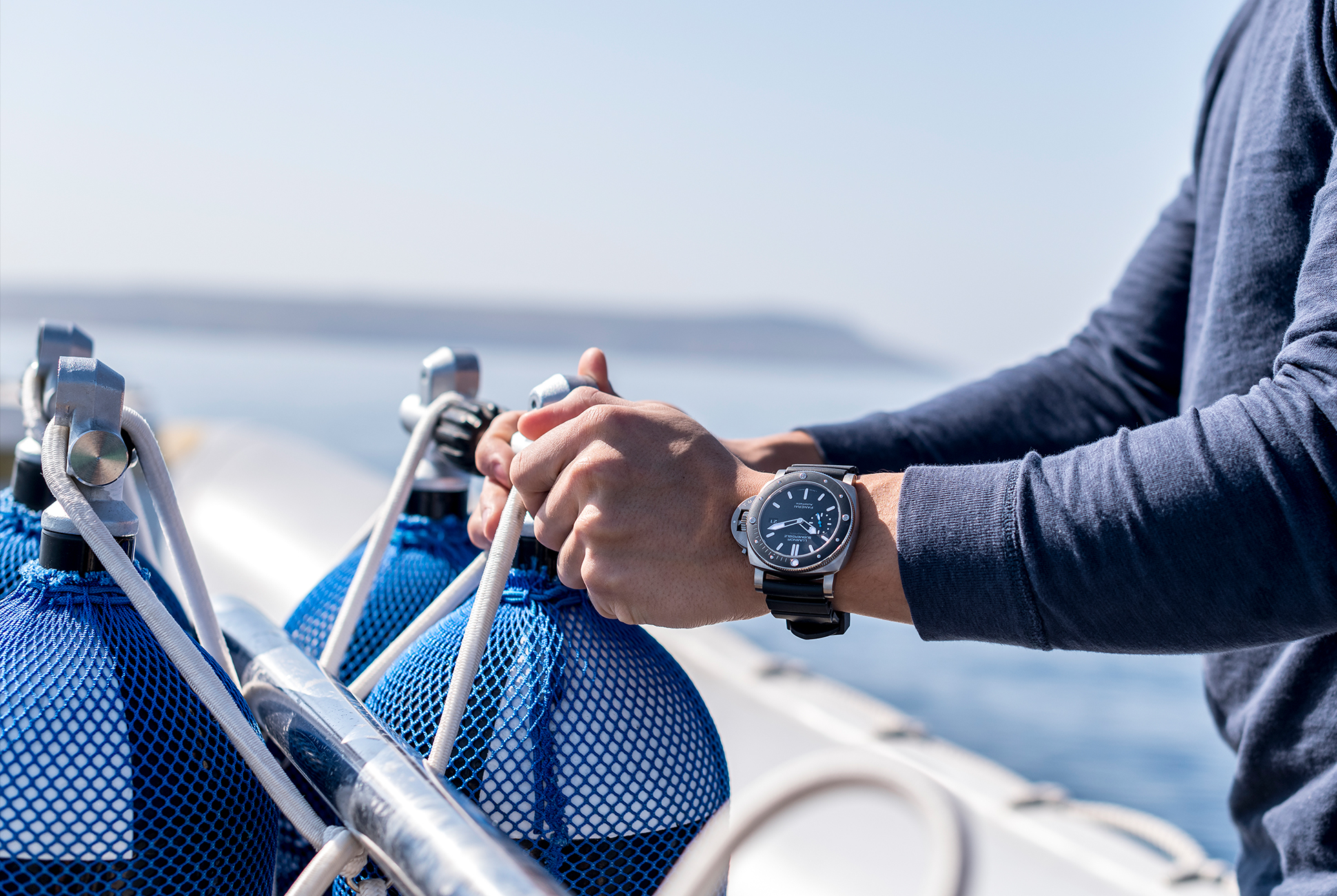

Diving in Malta
Given its locale in the southern Mediterranean, Maltese waters are conducive to diving year-round. The calm surrounding sea is not only at relatively pleasant temperatures — reaching about 58 degrees F at the lowest — it also remains consistently clear — around 65 to 130 feet. Though you might be reaching for a dry suit, winter months do provide even better visibility along with a less competition from other visitors, not to mention sightings of John Dory. Depending on the length of the dive, a drysuit comes recommended between January into spring and 3mm-5mm from summer through September. But no matter when you come, or what type of diver you are, there is something for everyone here — accessible by boat and shore with a combination of caves, wrecks, shelves and sandy and rocky sea beds, dives suitable for all levels. Depths vary greatly — from the popular 40-foot Ghar Lapsi dive to the Blue Hole or Lantern Point, which has a large cave around 40-feet as well as a tunnel that leads down over 165 feet.
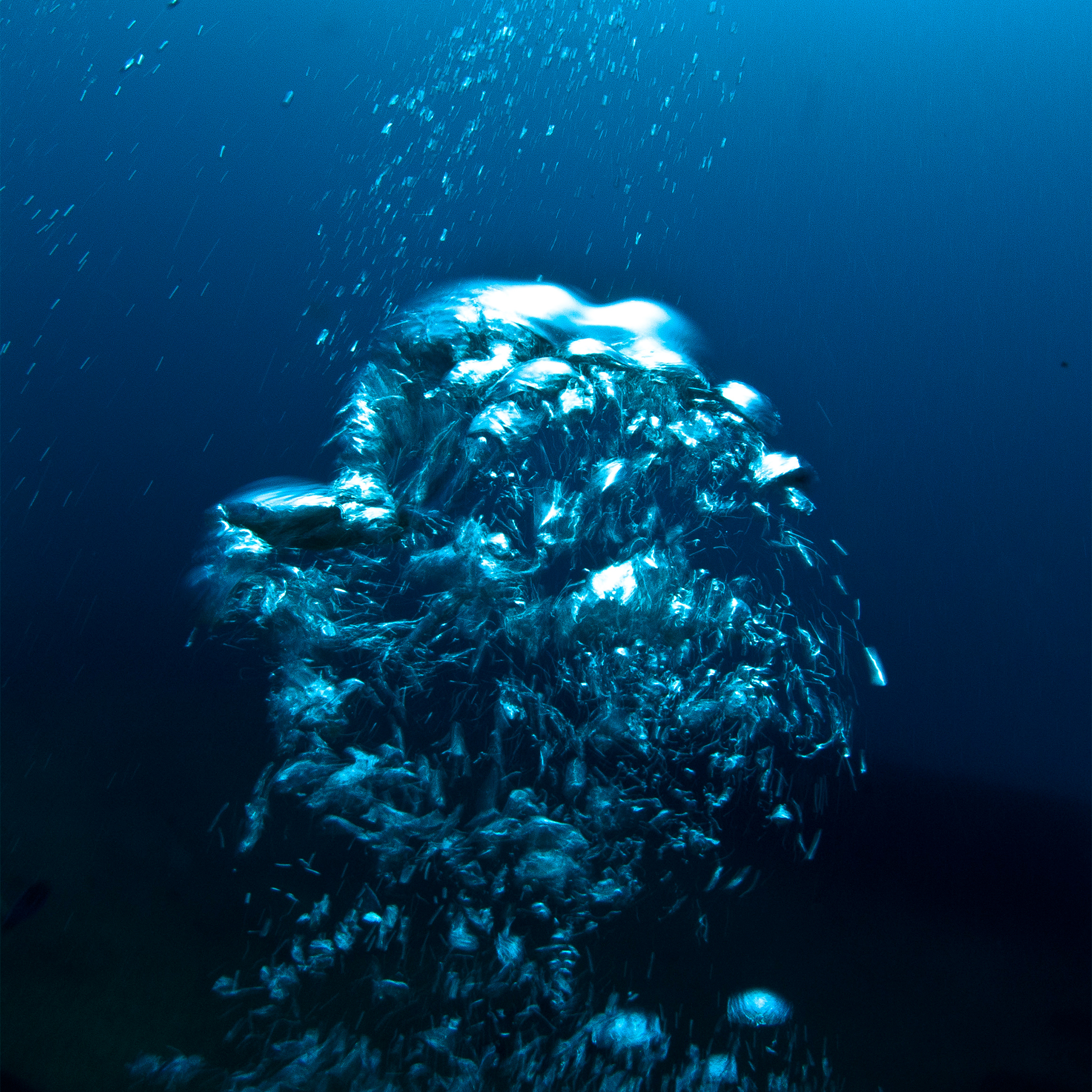
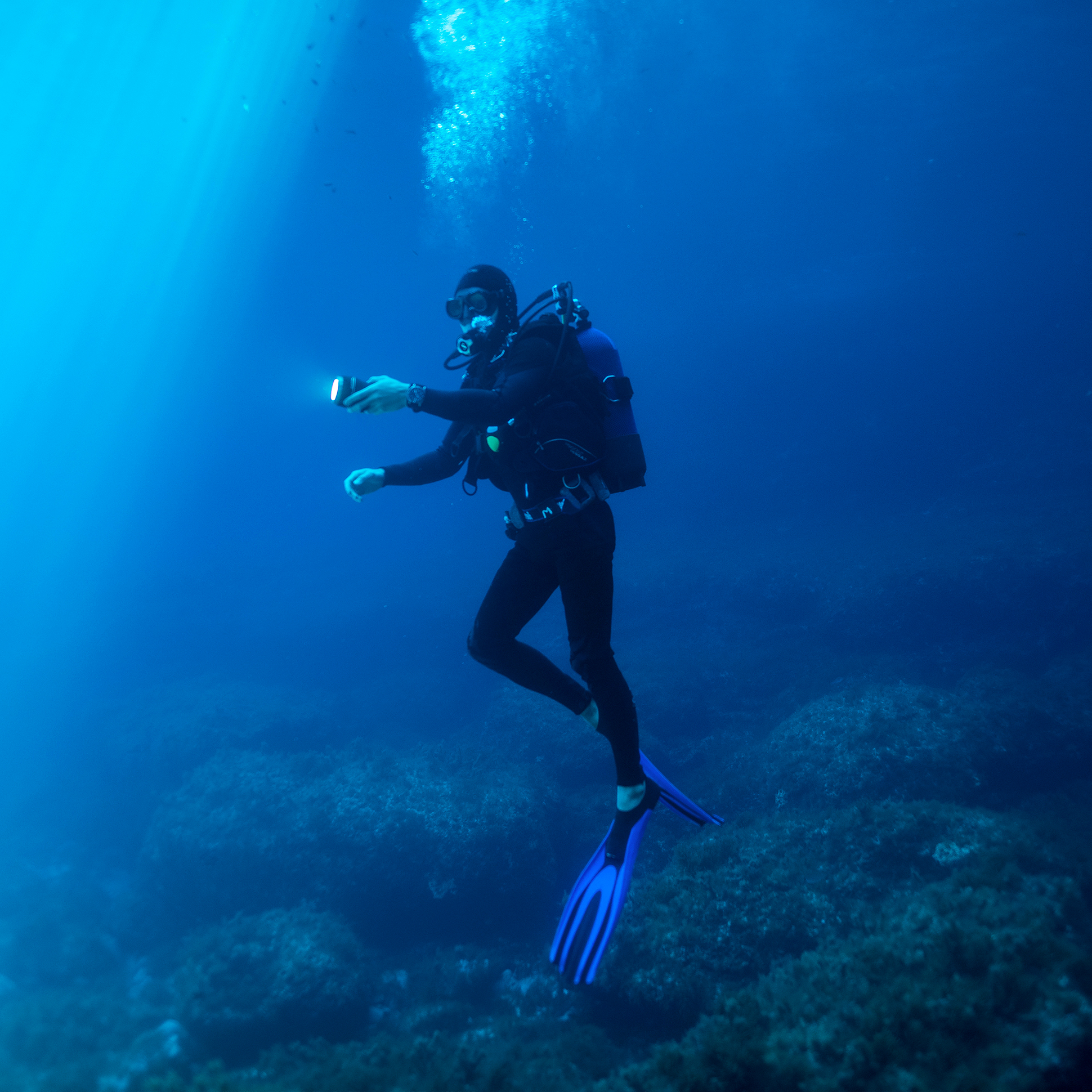
Comino Caves
The tiny island of Comino is nearly uninhabited but it does get an influx of tourists to see the teal-hued Blue Lagoon. Though it’s electric and worth seeing, you’d be better suited chartering a boat and viewing it peacefully on your own, then finding the Comino Caves. Marked by sheer cliffs jutting from the water, the caves provide a haven for underwater fauna — nudibranch, octopus, spiny lobster, eels, mullets, shrimp, damselfish, morays and banded sea bream — more sea life than you’d be seeing near the Lagoon. Located on the north side of Comino, the dives are rather shallow at 16 ft-65 ft but in total, there are ten caves to explore here with tunnels and breathtaking views into the blue.
P31 Wreck
Set on the western shore of Comino, the bottom of this wreck lies at a shallow 60 feet with crystal clear visibility. A former patrol boat, it was decommissioned in 2004 and offers a number of swim-throughs with easy exits — perfect to spy the plenty of lizardfish hanging around. A former minesweeper, an East-German Kondor I class patrol boat, it was built in 1969 and spent its days on the river banks between East and West Germany until it was transferred to Malta in 1992. An identical minesweeper, the P29, was scuttled off the coast of Malta in August 2007 near Cirkewwa in Gozo. Lying at 108 feet, the sister vessel is a great option for the more experienced divers and can be reached by shore.
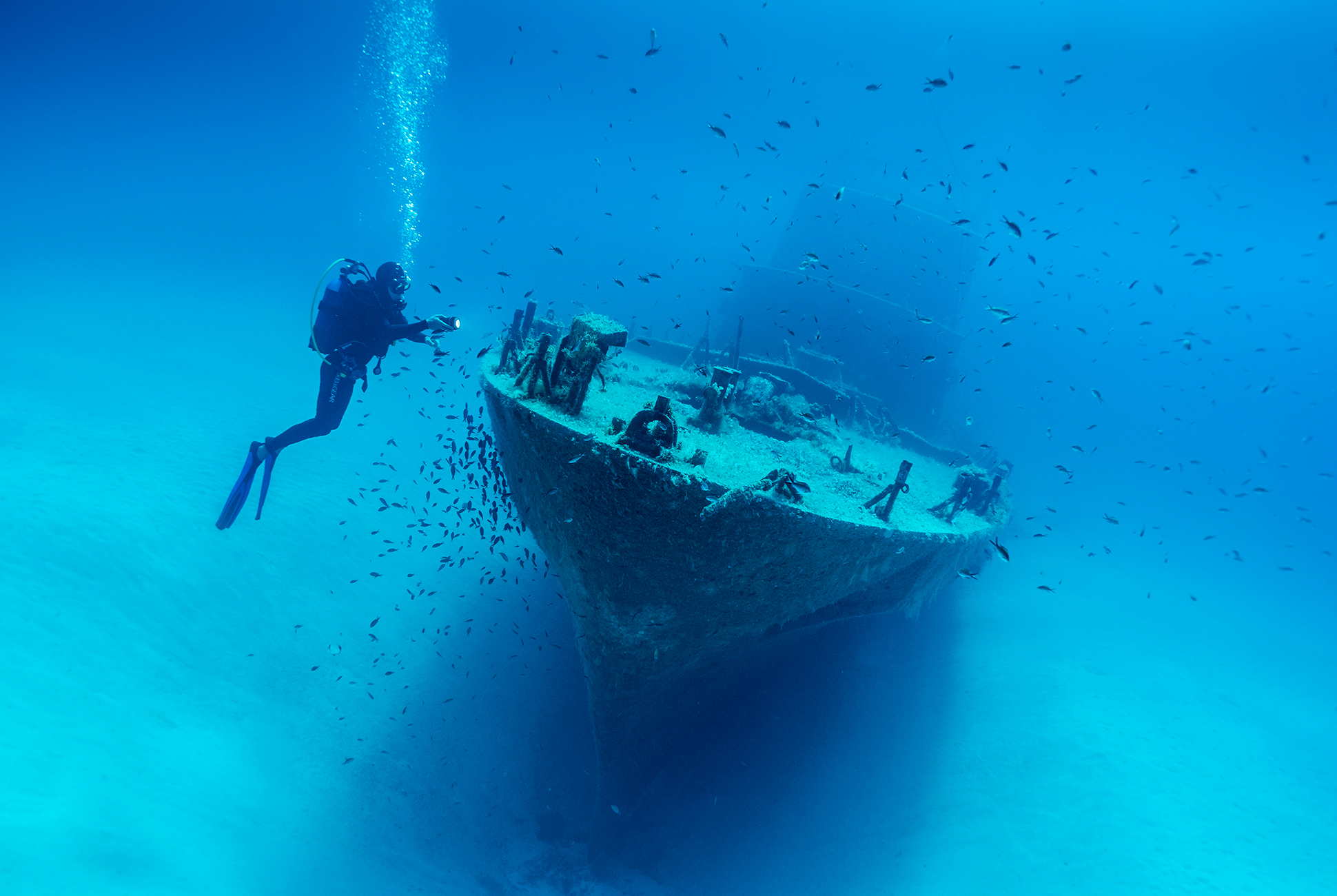
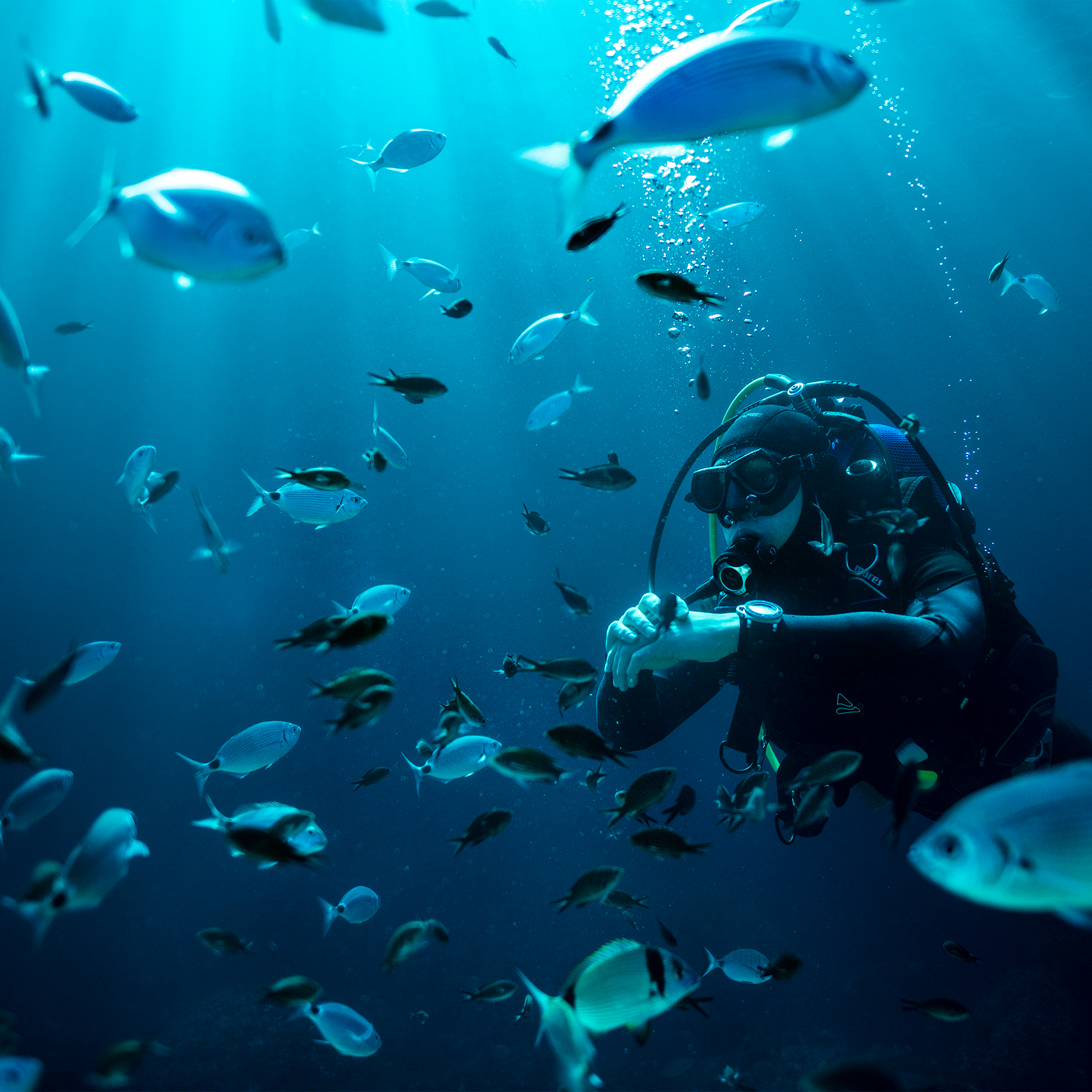
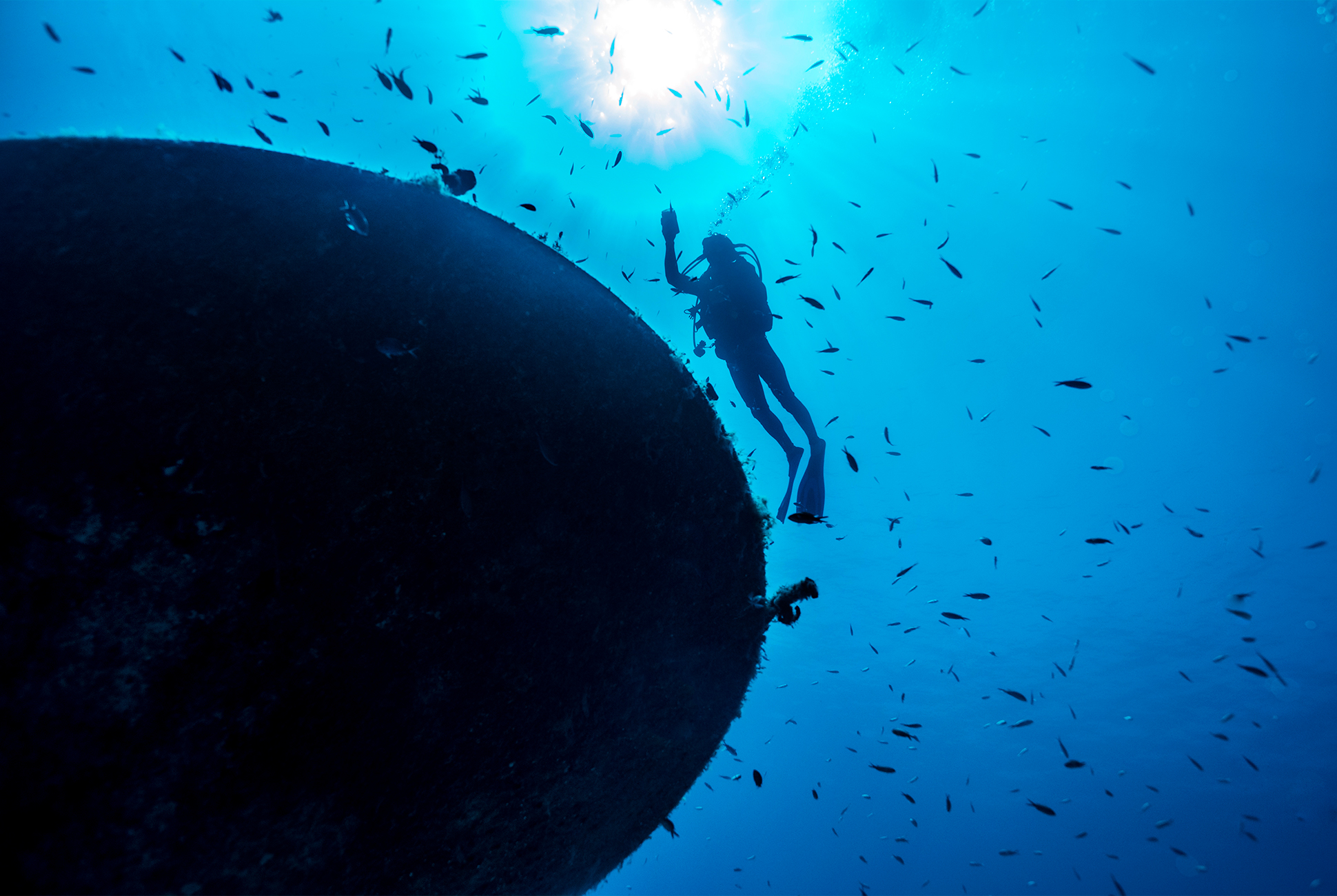
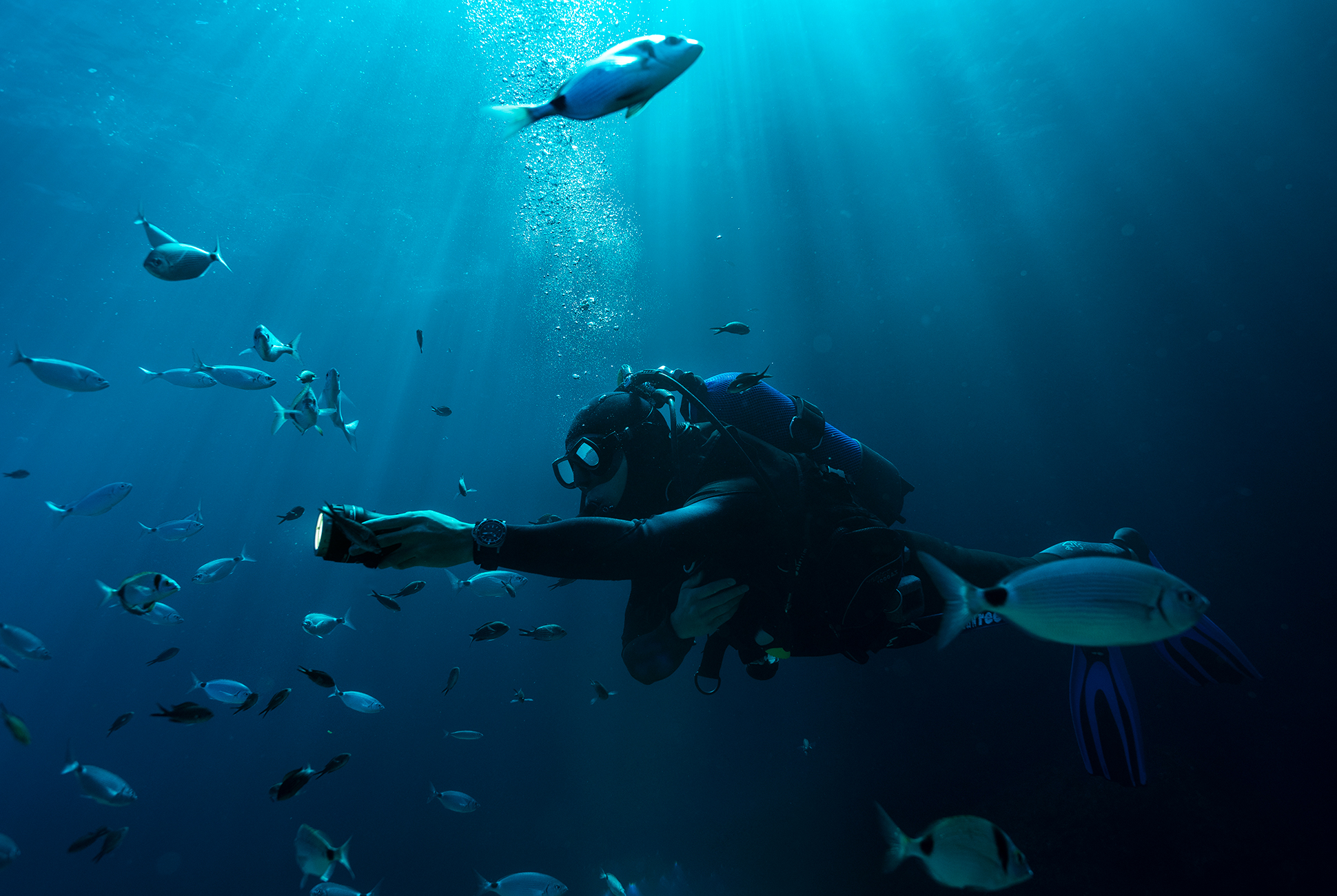
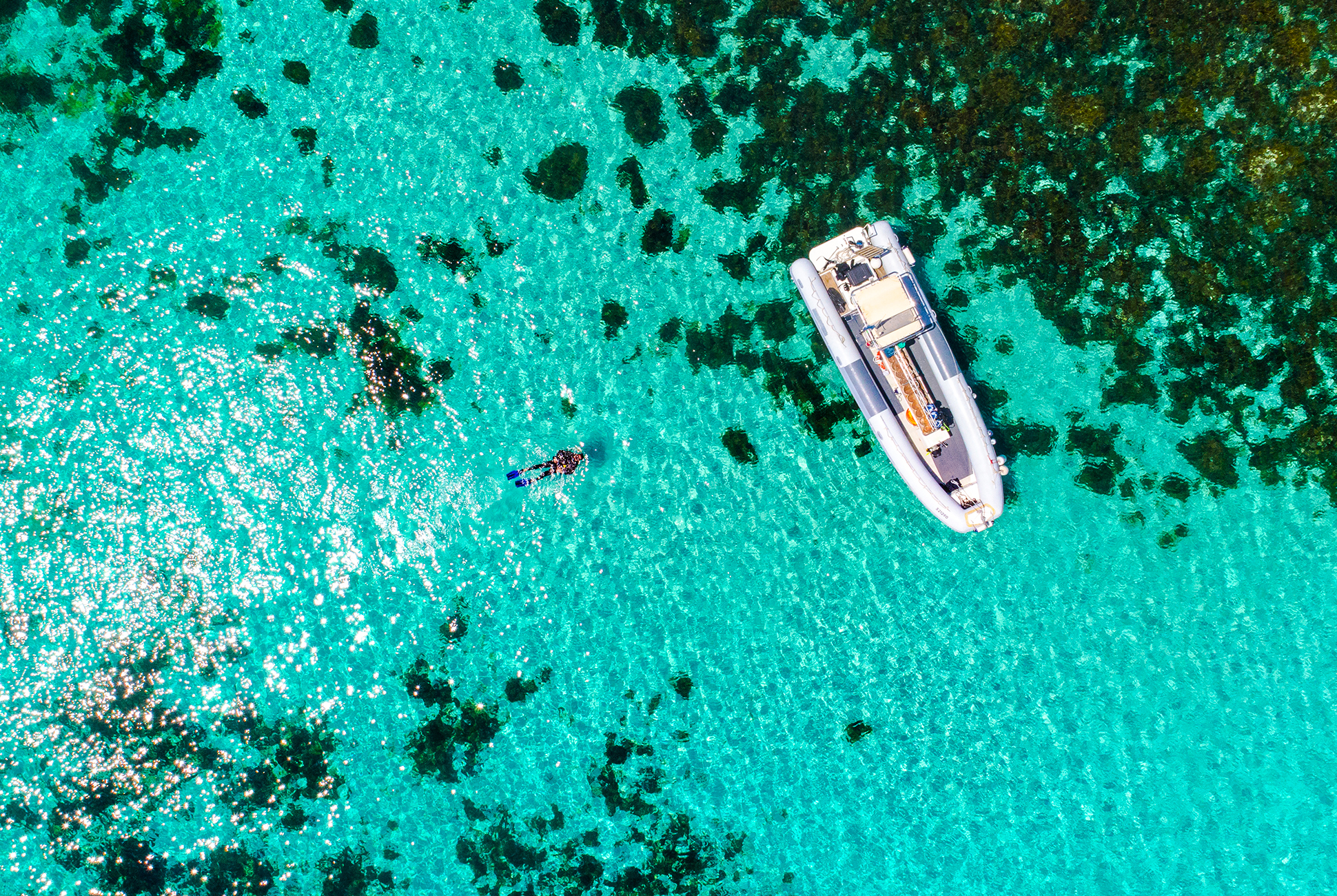
The Watch We Packed
The history of Panerai predates the Italian state by one year — and the Florentine brand has a deep connection to the waters of the region, having initiated its long-time relationship with the Royal Italian Navy in 1916. As a result, the classic design has long been made for extreme conditions and reliability. It’s a timepiece truly at home in the Mediterranean Sea.
Our pick for this journey, the Luminor Submersible 1950 Amagnetic 3 Days Automatic Titanio is the most recent iteration of the PAM00389, Panerai’s first anti-magnetic watch. Its movement, the 200-component P.9010 automatic caliber, entirely created in the company’s Neuchâtel-based factory, has a power reserve of three days and its design has been updated to reduce the thickness of the robust case while also honing some of the details of the dial. The inner case, made of soft iron insulates the movement and forms a Faraday cage — giving the watch its excessive resistance to magnetic fields. And its unidirectional, external ratcheting timing bezel, made of titanium, is highly scratch resistant thanks to a matte black ceramic insert.
It’s not just its place in the Mediterranean waters that make this our watch of choice for a dive here. We’re certainly not testing its 300-meter depth rating. This watch appeals to us because the Panerai design is unmistakable. It’s most certainly not precious and that’s why we love it. The 47mm brushed titanium case of the PAM01389 is tough. It was made to take a beating, to be with you on every adventure on or off land. That level of quality and durability means it’s also a watch we’re proud to sport around town as well. It carries a spirit of adventure that speaks volumes and it looks just as sharp perusing the city as it does on top of a cliff overlooking the sea.
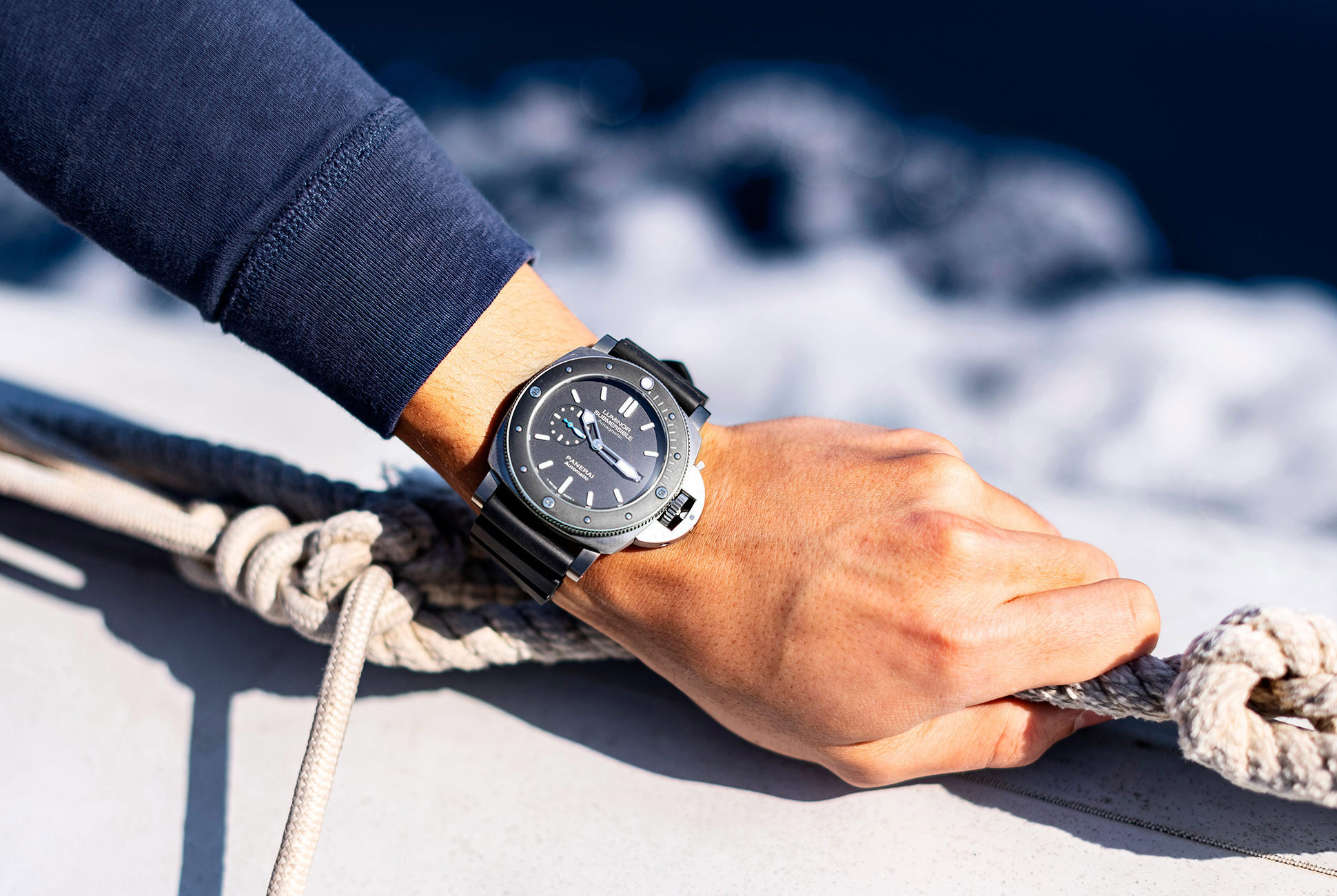
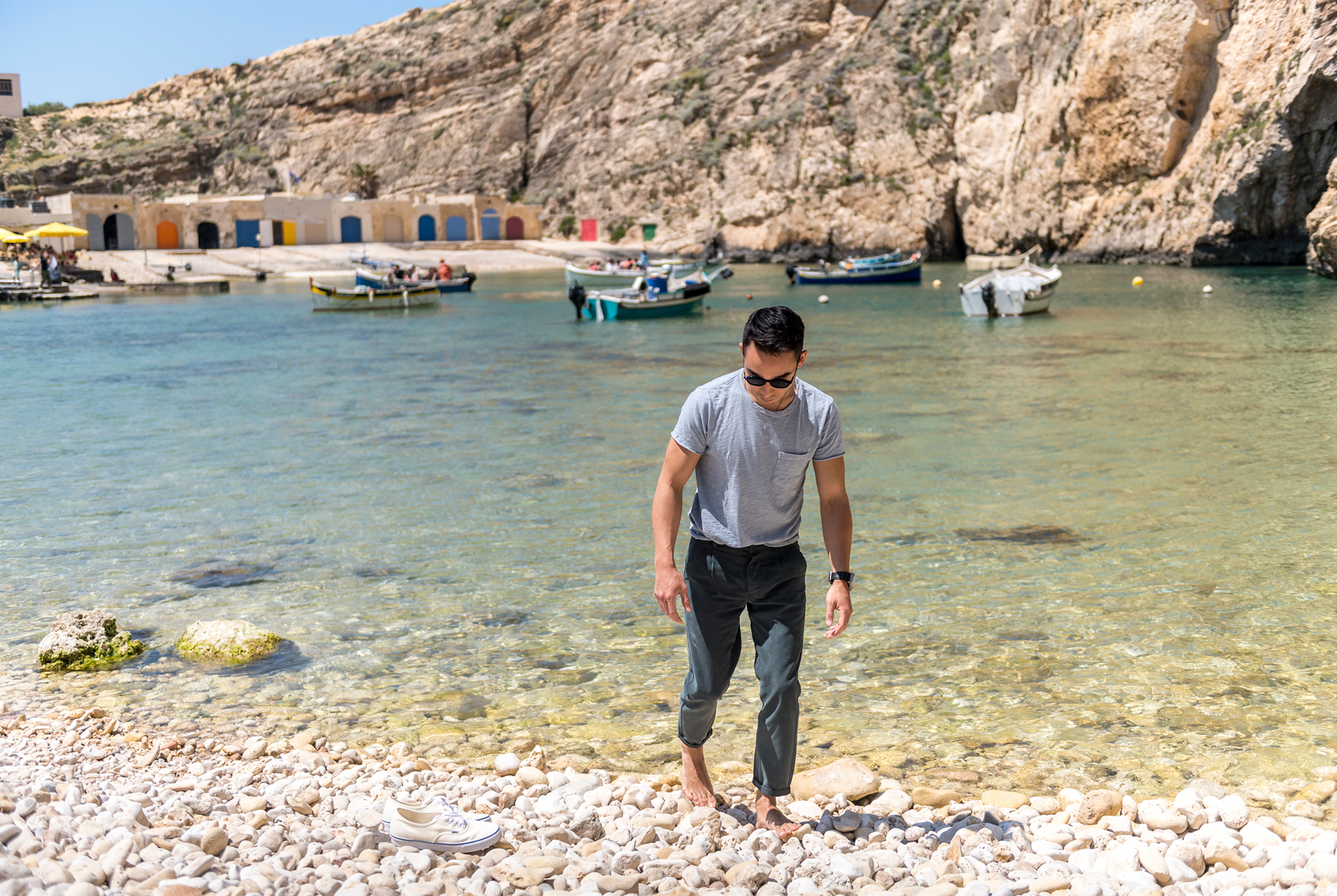
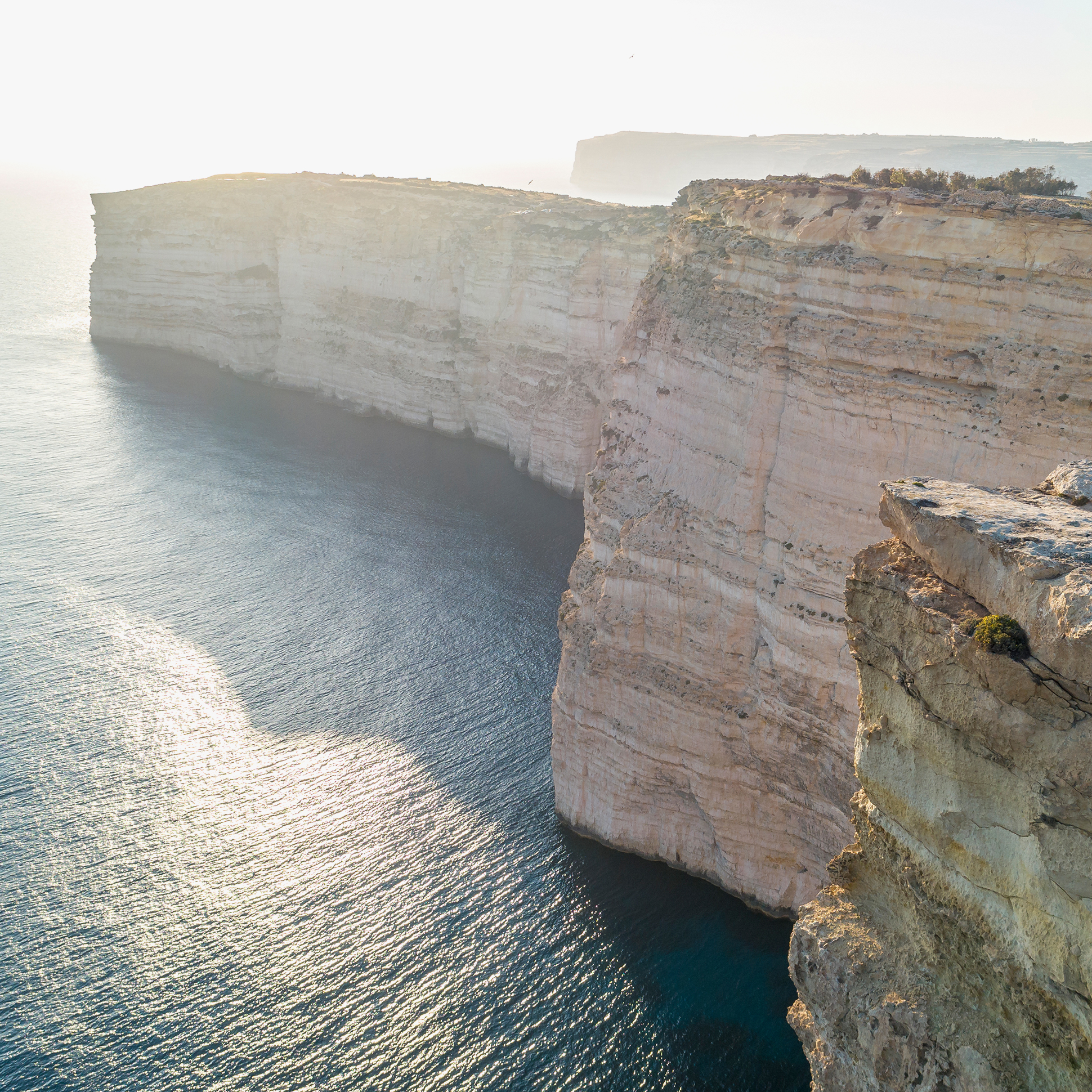
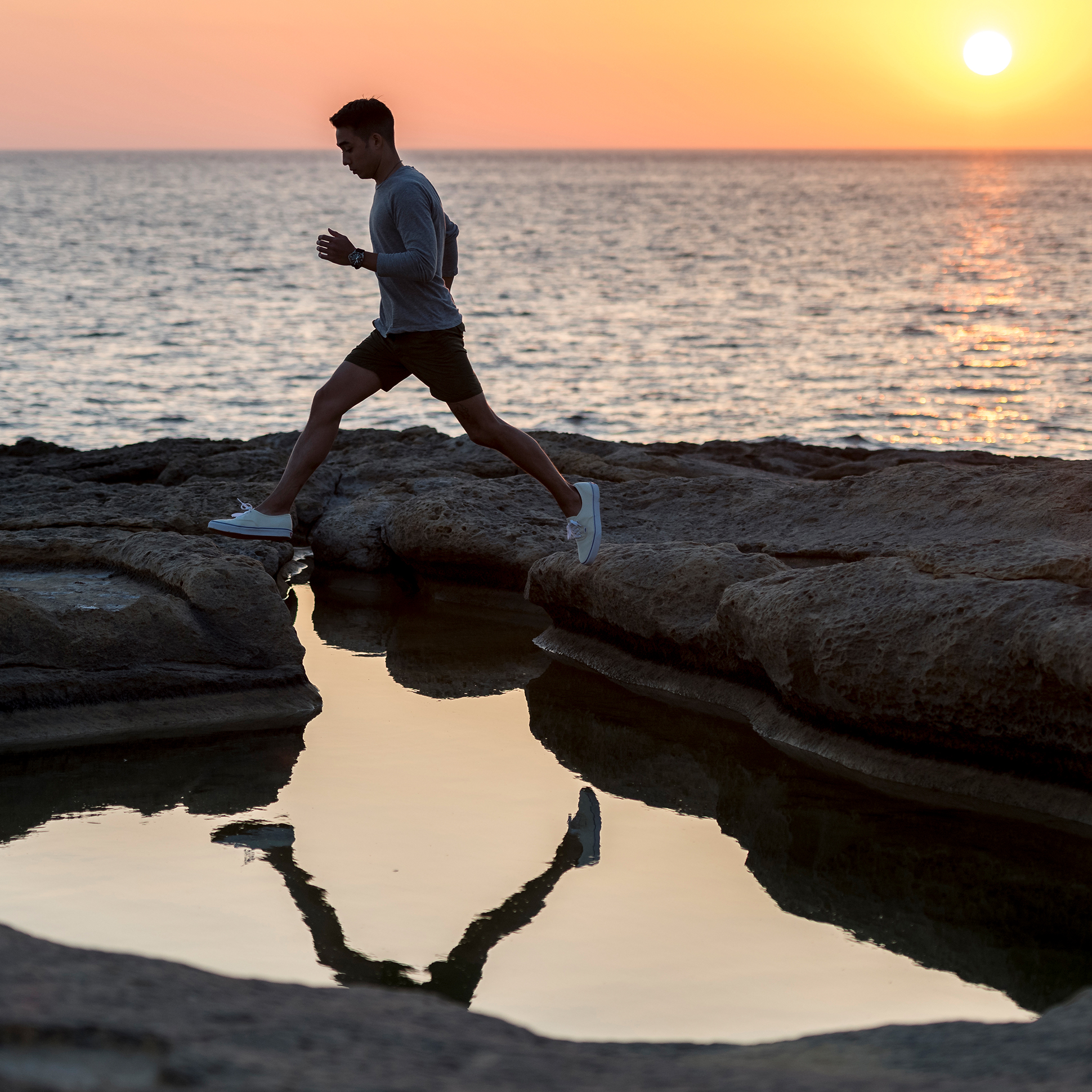

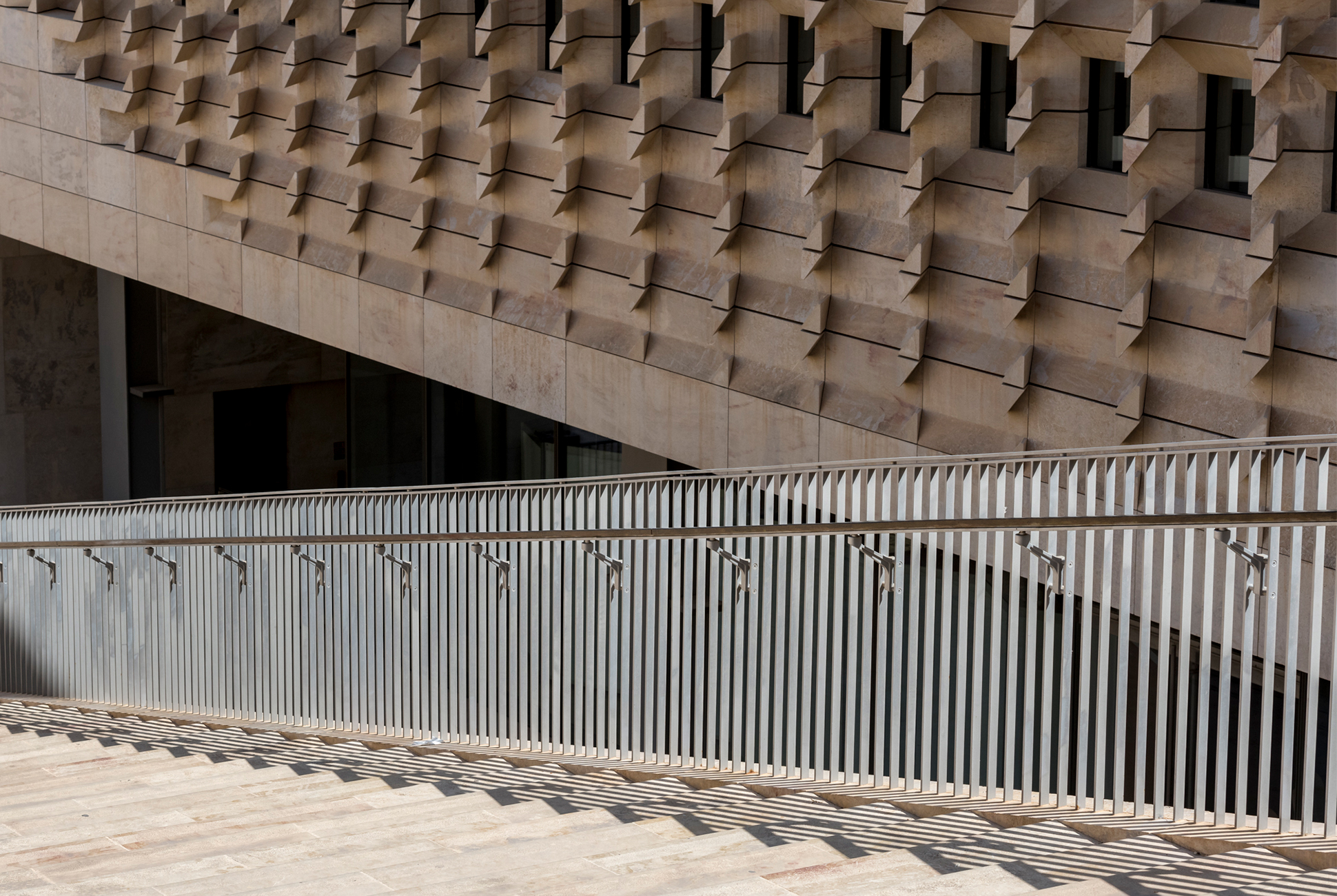

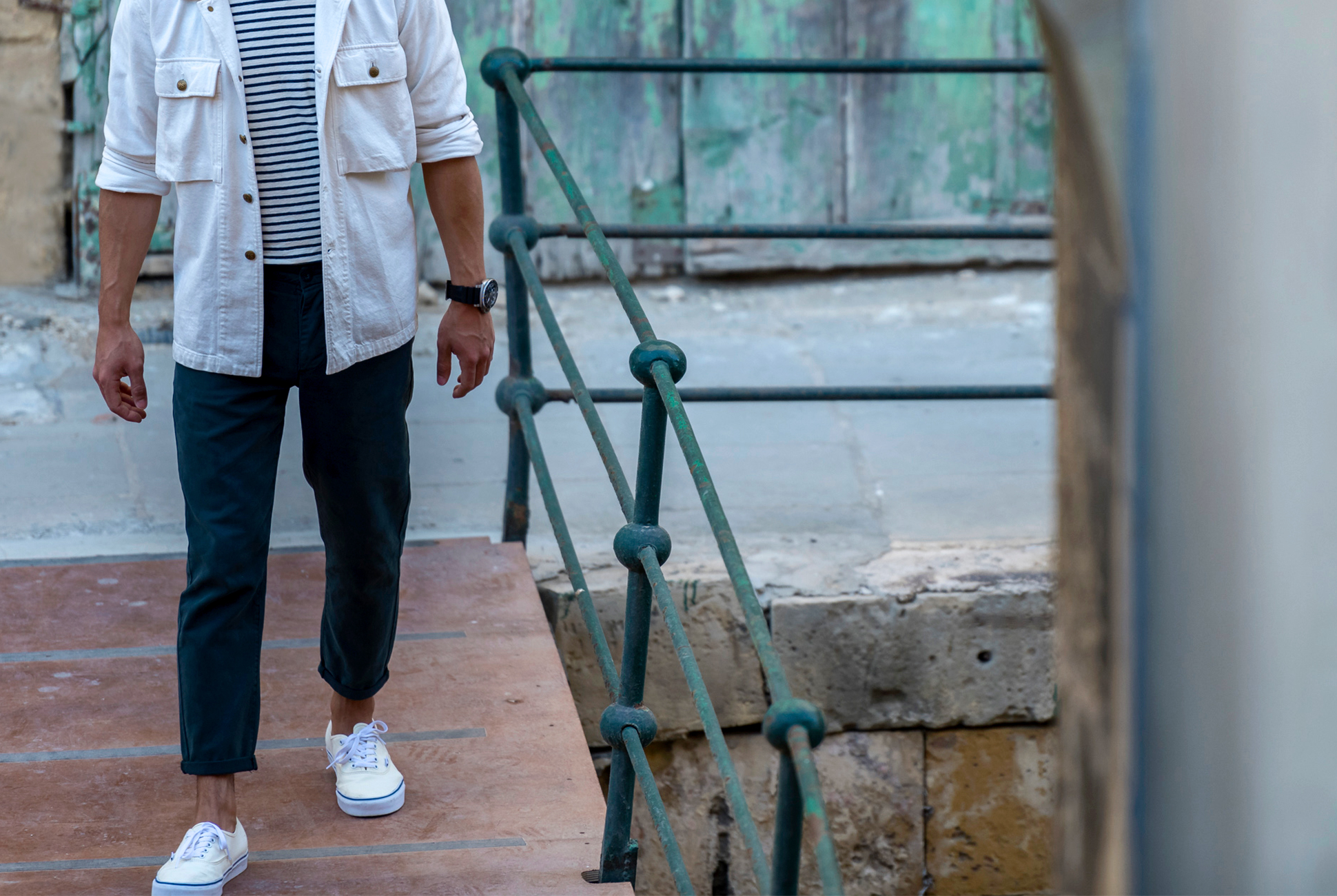
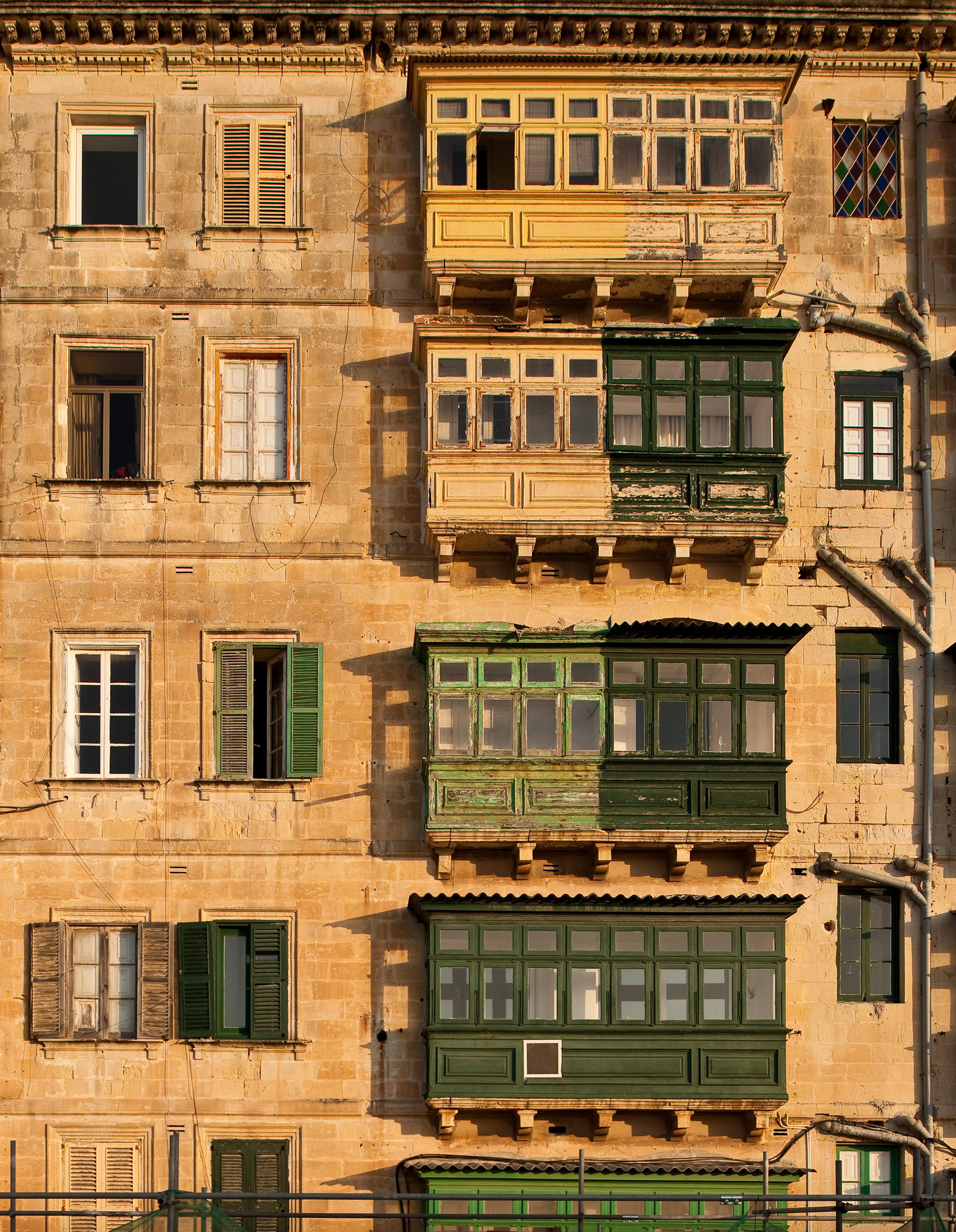
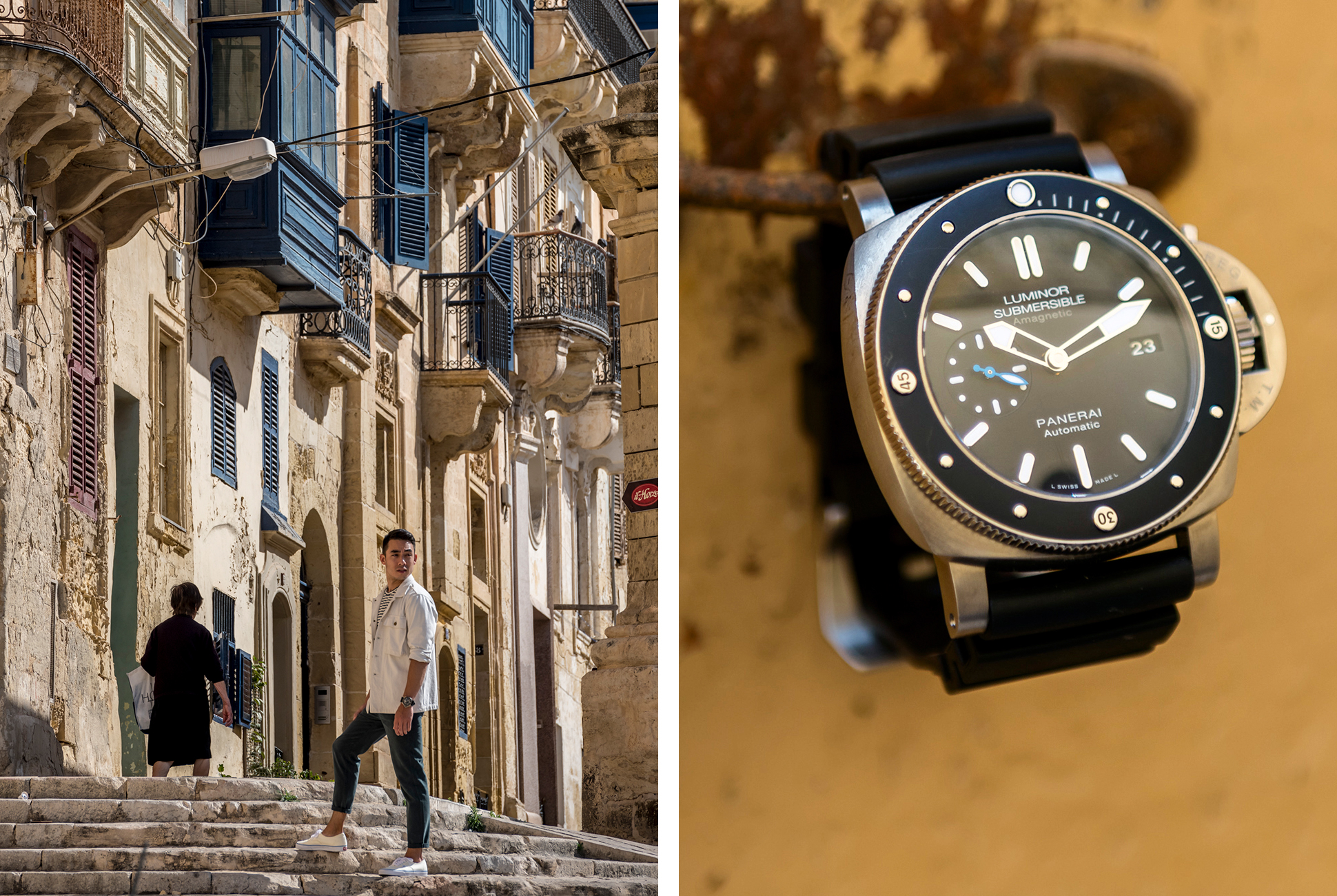

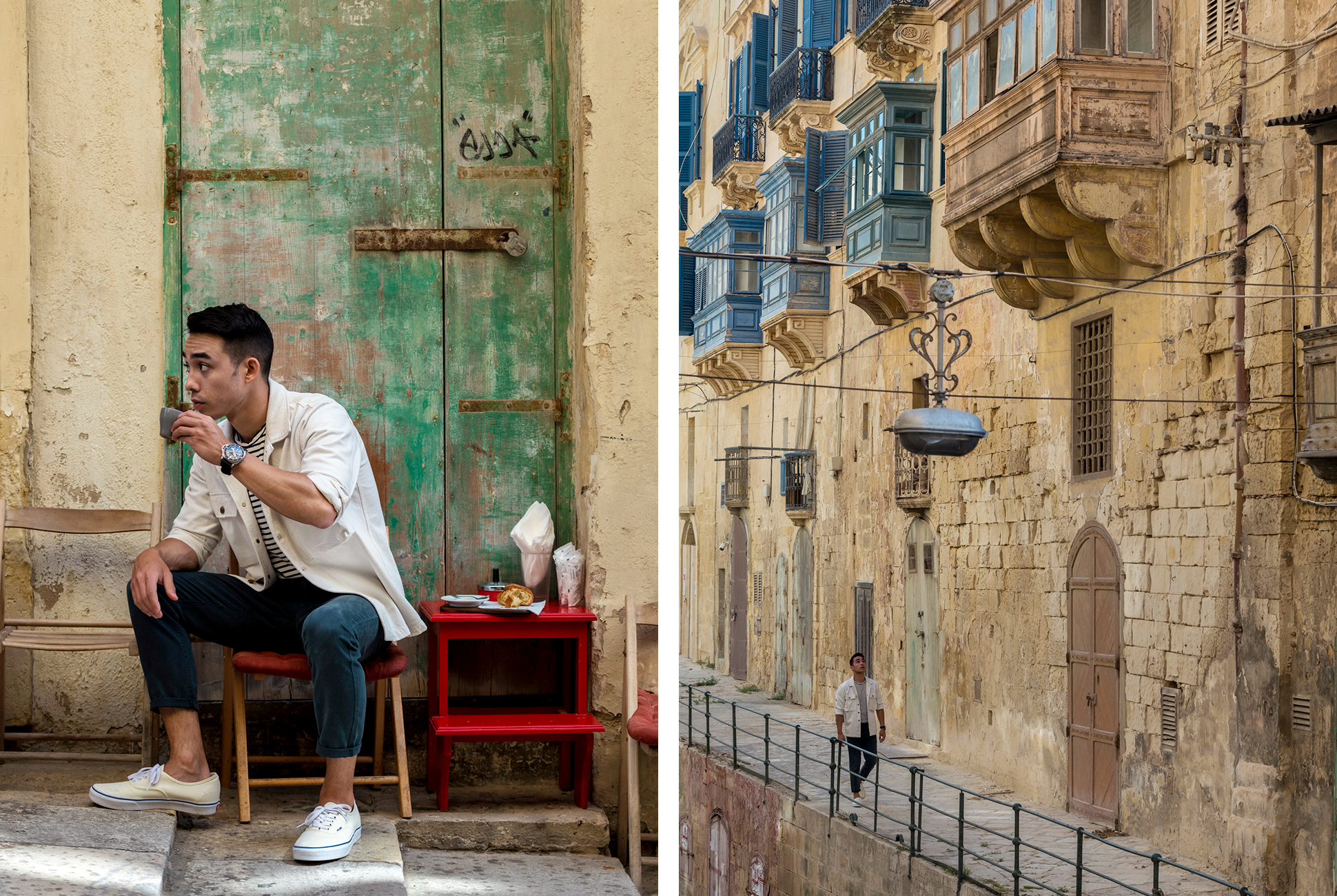
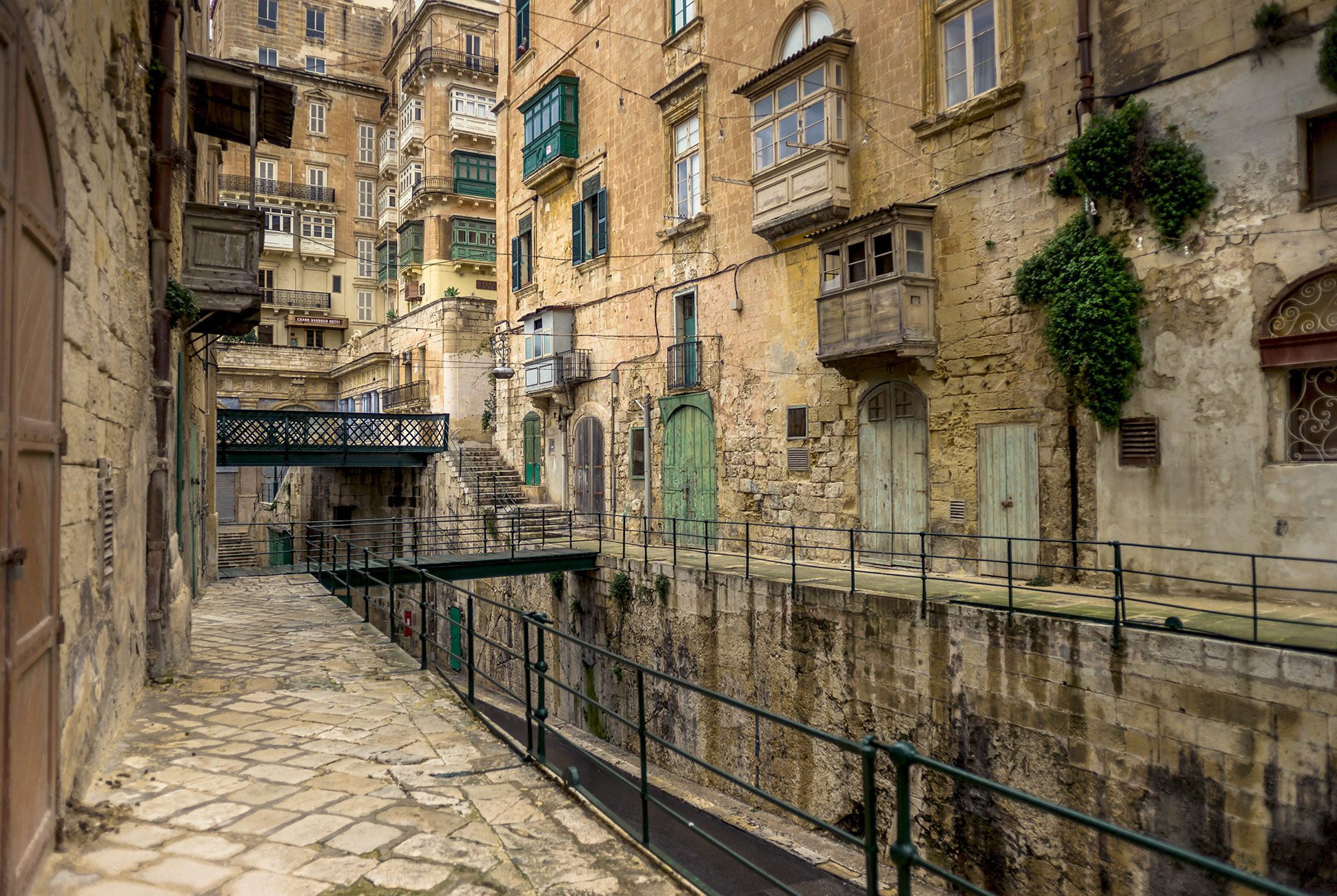
The Maltese Essentials
Where to Eat
Cru
This petite shop serves up tasty small plates and a fine selection of wines (though the closest regionally will be from Sicily). Come in the early evening to snag a coveted seat along the pedestrian-only street.
16, Triq Santa Lucija, Valletta, Malta
Where to Drink
Harbour Club
Set along the water in Valletta, this is an ideal spot for an afternoon drink — for both people watching and spying boats pass through the harbor.
4/5, Quarry Wharf, Il-Belt Valletta, Malta
Where to Sleep
66 Saint Paul’s
Recently opened (along with a slew of other boutique hotels) 66 Saint Paul’s is set in the thick of central Valletta. Rooms are spacious and well-appointed — expect 500-thread count Egyptian cotton sheets and Molton Brown amenities. The airy lobby is also an excellent spot for morning coffee.
66 St. Pauls Street, Valletta, Malta
What to See
Sanap Cliffs
Set in Gozo, these dramatic cliffs — one of the island’s highest points — don’t disappoint. With a rural backdrop behind, you can enjoy views all the way to the main island from this vantage point.
Sqaq Tar-Ras, Munxar, Gozo
Valletta City Gate
Six years of design and construction led to Renzo Piano’s modern retake on how visitors enter the city. Nicknamed “The Cheesegrater,” the architects married old and new — much representative of the city which is currently marked by a surge of new business.
Triq Ir-Repubblika, Valletta, Malta
Where to Find Your Gear
There is a slew of shops that can sort out whatever scuba gear you would need whether just weights and tanks or a full kit. The two options below will most certainly do the trick, in Malta or Gozo.
Planet Sea Scuba
George Borg Olivier St, St Julian’s, Malta
St Andrews Divers Cove
1 Triq San Xmun, Xlendi, Gozo
